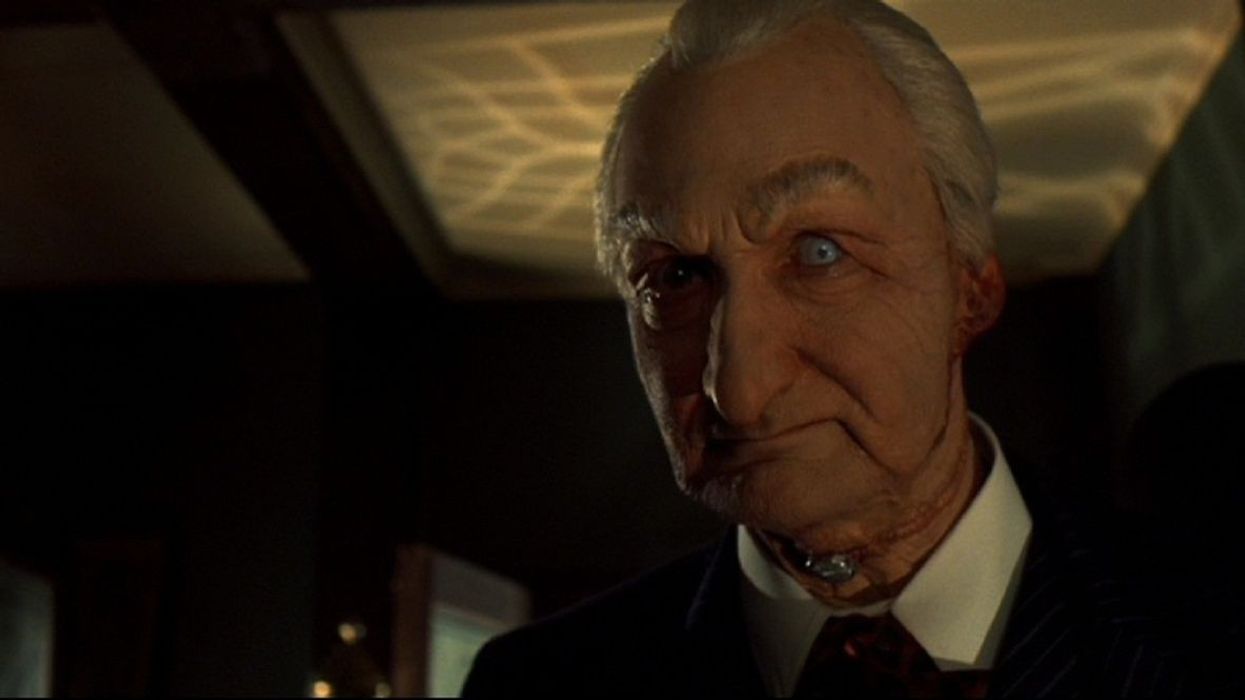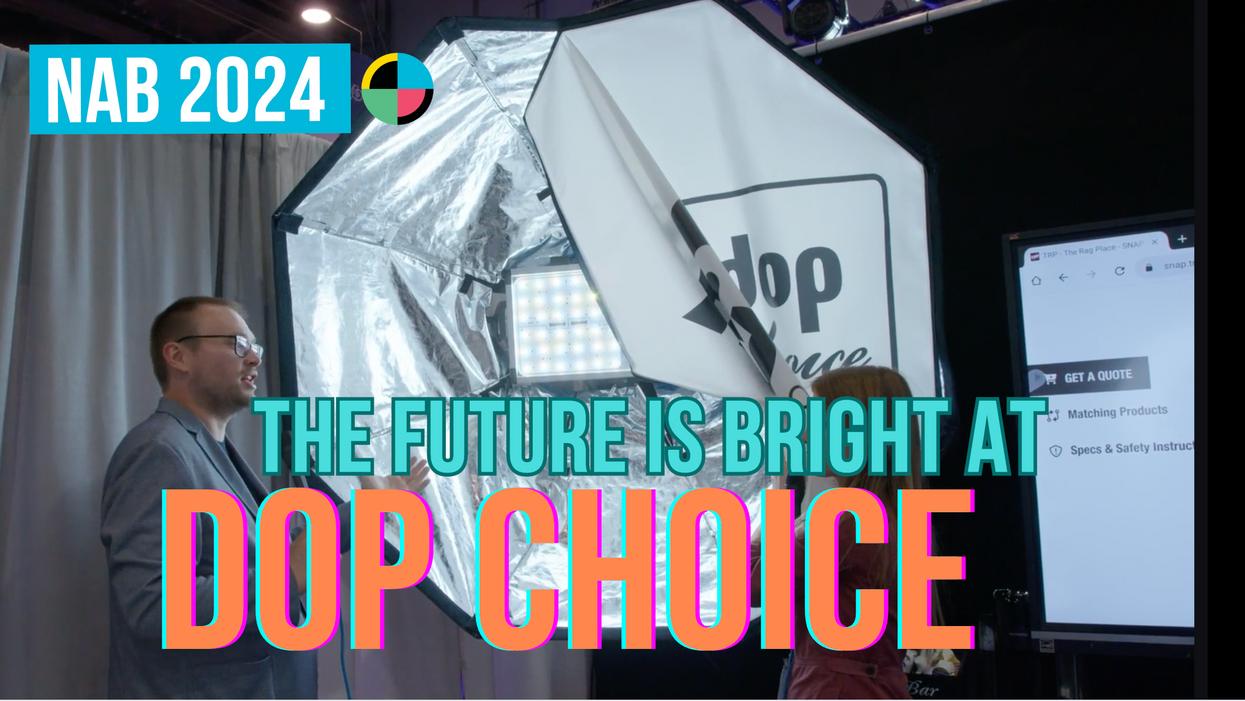Watch: How Tobe Hooper Dissolved the Limits of Genre
Hooper's work shows that there's always room for experimentation.

The word genre is usually accompanied by the distant sound of cage bars descending and locking into place. Horror films have rules. Science fiction films have rules. Romantic comedies have rules. But do they?
Hooper's 'The Mangler' is, rather than a late-night mental snack, a tour-de-force.
In his newest video essay in the "Unloved" series for RogerEbert.com, Scout Tafoya shows, with his characteristically nuanced and incisive commentary, that Tobe Hooper, known most for The Texas Chainsaw Massacre and perhaps least for the subject of this piece, The Mangler, knew how to bust open the boundaries of whatever genre he might be working in—usually sci-fi or horror—and create something new that stayed new. He did this primarily through technique—camera angles, bizarre color sense. In so doing, he demonstrated by example that there is always room, regardless of what genre a filmmaker might be working in, for experimentation. Watch Tafoya's video and read our genre-defying points from Hooper's work that any filmmaker might appreciate below:
Erudition
While all films and other artworks are somewhat referential, in that they benefit from the work that came before them, Hooper's work, as Tafoya indicates, was somewhat more pointedly so. Some examples he gives from The Mangler are visual references to Maya Deren's At Land, Max Ophuls' Lola Montes, and William Powell's Tales of Hoffman, though there are countless others. The frame of the story, a dour tale of a factory that processes its workers like so much meat, provides a form for Hooper, into which he pours his knowledge and love of film history. A form, like a genre, can be empowering, then; it can offer an opportunity for a filmmaker to both show something of himself or herself and, in effect, transcend whatever limits there may be in place.
Cinematography
Hooper never, never spared the camera (remember the famous ground-level shot of a woman walking towards her doom in The Texas Chainsaw Massacre?), and his approach to The Mangler is no exception. Tafoya accents, and rightly so, Hooper's love of tracking shots, particularly useful when portraying alienated factory workers moving around (and into, as it turns out) huge machines. He shows us another notable shot from below, this one of the factory's ominous (and part-robotic) owner; lurching and muttering as he does, he seems like a human descendant of one of the giant movie monsters of old. This sort of inspired and innovative camera work demonstrates, once again, that a story may be dry, it may be outlandish, it may be implausible, it may even be minimal, but if the visual storytelling is at its peak, that will make all the difference in the viewer's experience, no matter what the genre.
Color
From the very outset of this video essay, one can see Hooper's investment in vivid coloration. In The Texas Chainsaw Massacre, we have the near-blinding tans and grays of the flat Texas landscape, splashed with the red of blood; in The Mangler, where to start? There's the steely gray of the factory floor, the misty blue of one nighttime scene, the greenish tinge that hangs over the depths lurking just under the factory—to call it sensual is something of an understatement. The video essay makes a strong case for The Mangler as, rather than a late-night mental snack, a tour-de-force. And it also should serve as encouragement to young filmmakers to watch all films more closely, and not miss an opportunity for education from semi-surprising sources.
What's your favorite Tobe Hooper technique? Let us know in the comments.












